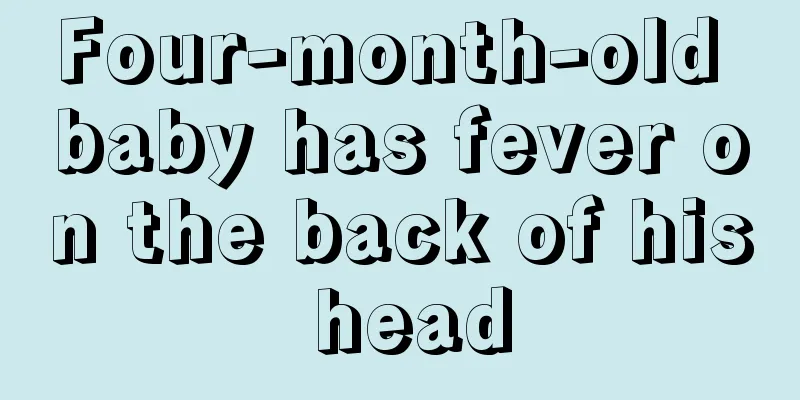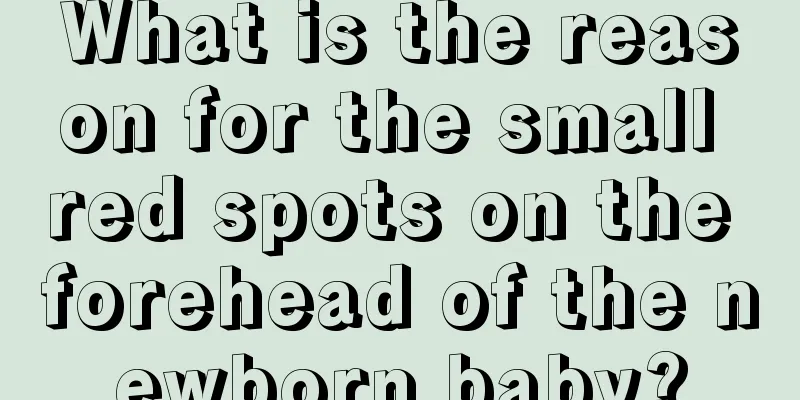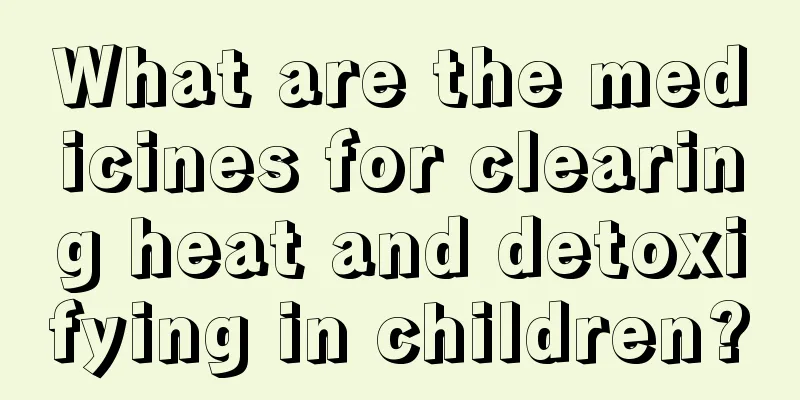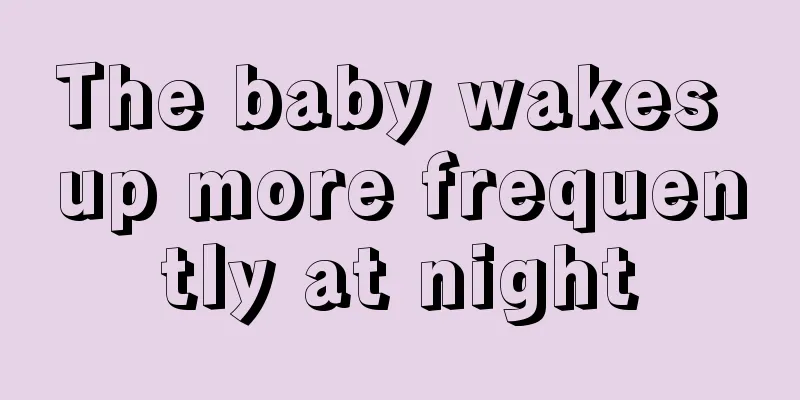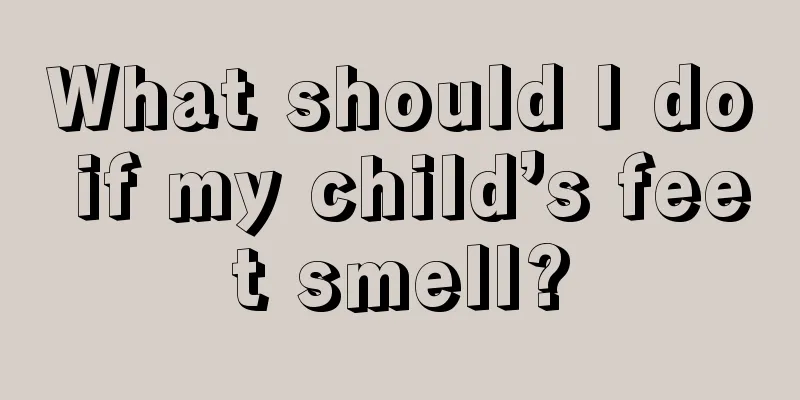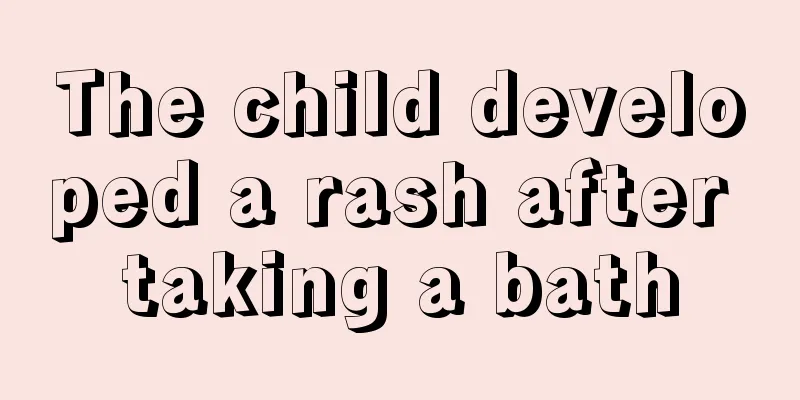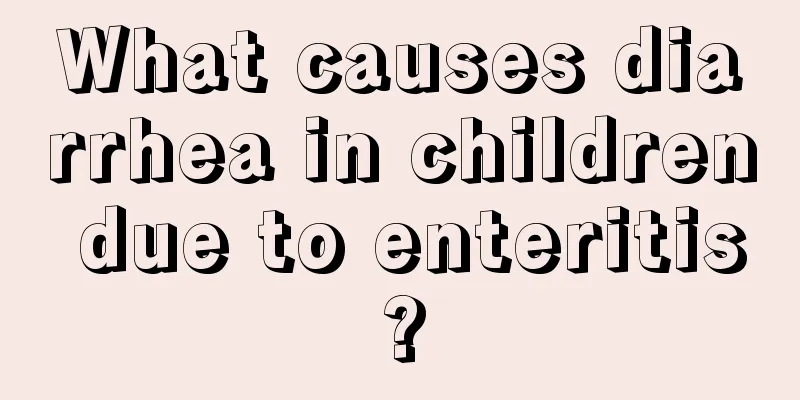What is the cause of a child's high fever convulsion?
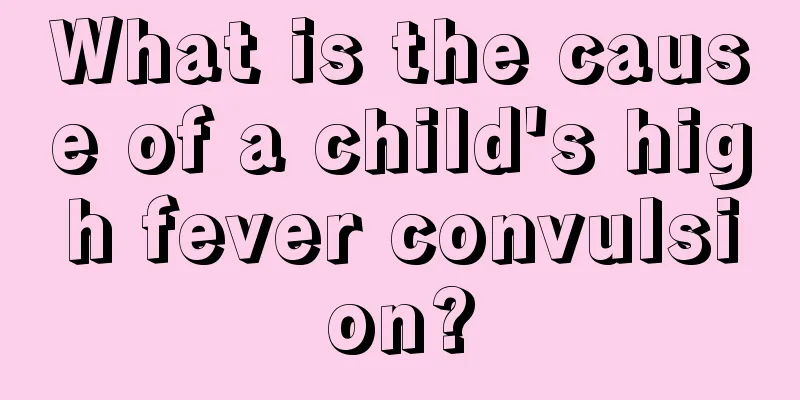
|
Children's immune systems are not fully developed, and coupled with the large temperature differences when seasons change, they are particularly susceptible to viruses that can cause high fevers. A high fever can cause children to feel listless, have a decreased appetite, and become sleepy or cry, which are common symptoms. However, some children have convulsions due to high fever, which makes their parents very panic. Let us take a look at the reasons below. The causes of childhood convulsions can be divided into two categories: infectious (febrile convulsions) and non-infectious (afebrile convulsions) according to the presence or absence of infection. According to the site of involvement of the lesion, it is divided into intracranial and extracranial types. (1) Infectious convulsions (febrile convulsions) 1. Intracranial diseases and viral infections such as viral encephalitis and Japanese encephalitis. Bacterial infections such as purulent meningitis, tuberculous meningitis, brain abscess, and venous sinus thrombosis. Fungal infections such as cryptococcal meningitis. Parasitic infections such as cerebral cysticercosis, cerebral malaria, cerebral schistosomiasis, cerebral paragonimiasis, and toxoplasmosis. 2. Extracranial diseases include high fever convulsions, toxic encephalopathy (severe pneumonia, whooping cough, toxic dysentery, sepsis as primary diseases), tetanus, etc. (ii) Non-infectious convulsions (afebrile convulsions) 1. Intracranial diseases and craniocerebral injuries such as birth injuries, brain trauma, neonatal asphyxia, and intracranial hemorrhage. Abnormal brain development such as congenital hydrocephalus, cerebrovascular malformations, macrocephaly (microcephaly), cerebral palsy and neurocutaneous syndrome. Intracranial space-occupying diseases such as brain tumors and brain cysts. Epileptic syndromes such as grand mal seizures and infantile spasms. Brain degenerative diseases such as demyelinating encephalopathy and macular degeneration. 2. Extracranial diseases Metabolic diseases such as hypocalcemia, hypoglycemia, hypomagnesemia, hyponatremia, hypernatremia, vitamin B1 or B6 deficiency, etc. Genetic metabolic diseases such as glycogen storage disease, galactosemia, phenylketonuria, hepatolenticular degeneration, and mucopolysaccharidosis. Systemic diseases such as hypertensive encephalopathy, uremia, heart rhythm disorders, severe anemia, food, drug and pesticide poisoning, etc. The symptoms of high fever convulsions in children are unconscious twitching, which we commonly call seizures. This symptom usually does not last too long, but parents are reminded here that children need to be observed more carefully when they are unwell. If there are unexpected symptoms, such as convulsions, timely medical treatment is the best choice. |
<<: What is the cause of the child's fever and cramps?
>>: What to do if a 12-year-old child has a persistent high fever
Recommend
Green runny nose in child
Babies often have many problems, including green ...
What should I do if my baby has a fever and diarrhea while teething?
When a child is unwell, family members are still ...
Capillary pneumonia in infants
Have you ever heard of capillary pneumonia? Do yo...
There is phlegm in children's lungs. Four tips can clear it up
In daily life, many friends are troubled by the p...
What medicine is good for children with zinc deficiency?
As people grow, their bodies will lack nutrients t...
What is the reason for the black spots under the child's eyes? Is it caused by sleep?
Eyes are the windows to the soul. You can imagine...
What to do if a child has acute appendicitis
Appendicitis is a relatively common disease. Alth...
What causes children to wet the bed?
It is quite common for children to wet the bed. A...
What to do if children cough with yellow phlegm
In our daily life, we often see children coughing...
What should I do if my child’s throat is red and swollen?
If a child suddenly develops a red and swollen th...
Four major focuses of children's physical examinations: lead content is an unnecessary trace element
Children's physical examinations are very nece...
What to do if your 8-month-old baby coughs and has phlegm
When an eight-month-old baby starts coughing and ...
What food is good for children with cough?
If a child has a cough, the first thing to do is ...
What causes dark circles under children's eyes?
Children are generally in good spirits, so it is ...
Symptoms of dislocated arm in children
Children's bodies and bones are relatively fr...



